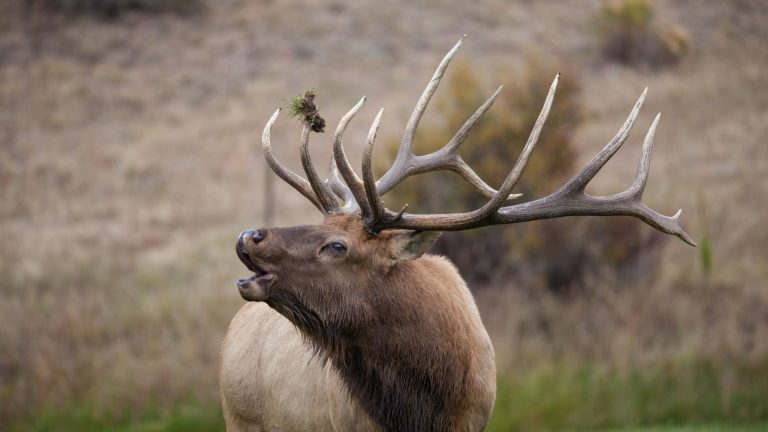Discover Parks & Wildlife contains affiliate links and is a member of the Amazon Services LLC Associates Program. If you make a purchase using one of the Amazon links (or other affiliate links), we may receive compensation at no extra cost to you. See our disclosure policy for more information.
21 Smoky Mountain Creatures Every Wildlife Lover Should See
Animals in the Smoky Mountains are as diverse as your uncle’s questionable fashion choices at family reunions. And having ventured into Great Smoky Mountains National Park on three separate occasions, we can confidently say that encounters with wildlife, especially black bears, are practically guaranteed.
These majestic creatures, along with white-tailed deer, elk, and a myriad of bird species, populate the park, showcasing the region’s rich biodiversity. Travelers eager to spot these animals should be prepared with their cameras and a reasonable amount of common sense…after all, you want to observe the wildlife, not become part of an unexpected documentary.
So get ready, because nature’s wildlife show is about to get underway, and it might just steal your heart (and your snacks).
Woodchuck

Consider the woodchuck, or groundhog, which is basically the furry gossip of the underground scene. These critters are notorious for their excellent burrowing skills, digging extensive tunnel systems that would make any real estate agent jealous.
And if you’ve ever wondered how much wood a woodchuck could chuck, the answer is about 700 pounds (assuming they could be bothered, of course). Plus, a single woodchuck can dig a burrow that’s up to 30 feet long. So, if you’re out hiking and spot a hole that looks like it could lead to Narnia, just know it’s probably a woodchuck’s personal man cave, not a magical realm.
Pileated Woodpecker

The pileated woodpecker is the heavy metal drummer of the avian world, hammering away with such enthusiasm that you’d think it’s auditioning for the next big band. With a striking red crest and a body that’s mostly about muscle and beak, these woodpeckers can take down trees like they’re playing Whac-A-Mole with a bonus prize.
They spend their days wailing and tapping on trunks, making sounds that echo through the woods. And did you know they can create cavities in trees that are a perfect home for other animals? So in a way, they’re the ultimate Airbnb hosts.
Black Bear

This is what everyone hopes and wants to see…the black bear. These furry lumberjacks are not just adorable but can weigh up to 600 pounds, living large and in charge in their forested realm. On our last trip, we felt like we were on an episode of “Bear Watch” – spotting a whopping 19 bears in just three days!
If that doesn’t tickle your adventurous spirit, maybe the thought of seeing a bear steal your picnic will. Just remember, when you see a bear, it’s probably looking for a healthier snack option than those soggy sandwiches you packed. We jest, don’t actually feed the bears. It is extremely dangerous for their future well-being for them to become aware and reliant on human food.
Elk
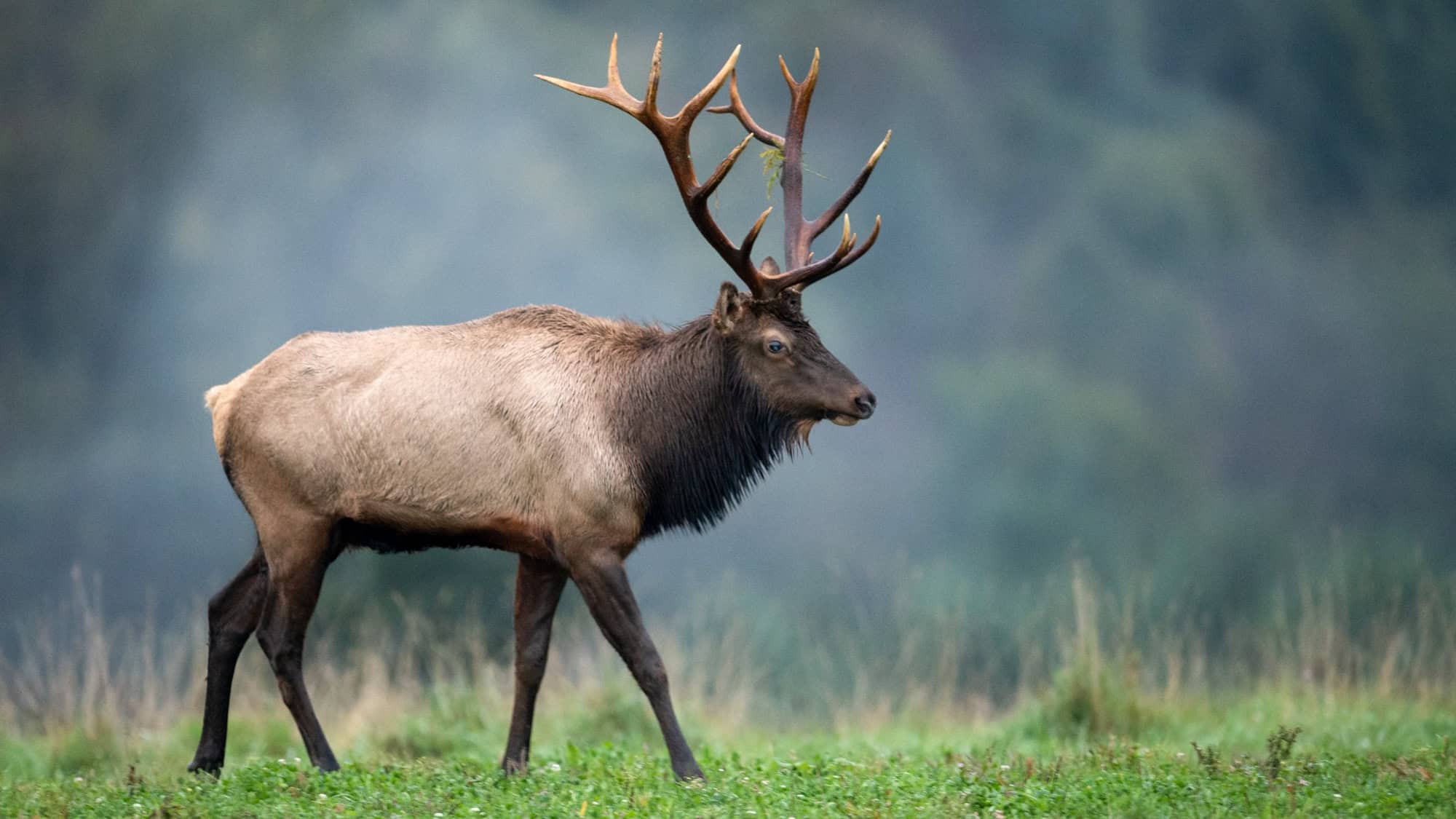
Elk are the slightly larger cousins of deer who seem to think they’re the kings of the Smoky Mountains. With their impressive antlers that can grow up to four feet long, they strut around like they’re in a perpetual fashion show.
During the rutting season, male elk can produce a sound so loud it sounds like a cross between a bugle and an overly enthusiastic karaoke performance. Seriously. So you might want to protect your eardrums while hiking if those elk get a little too into their crooning.
Raccoon

Raccoons are the clever little bandits of the park, sporting that signature mask like they just came from a heist. These fuzzy culprits are notorious for rummaging through your picnic, so if you thought you were grabbing a snack, you might want to keep an eye out for those little paws swiping your chips.
With their dexterous front paws, they can open jars and flip lids like they’re auditioning for a cooking show. And did you know that raccoons have an impressive memory and can remember solutions to tasks for up to three years? Talk about a furry mastermind plotting its next move!
Eastern Gray Squirrel
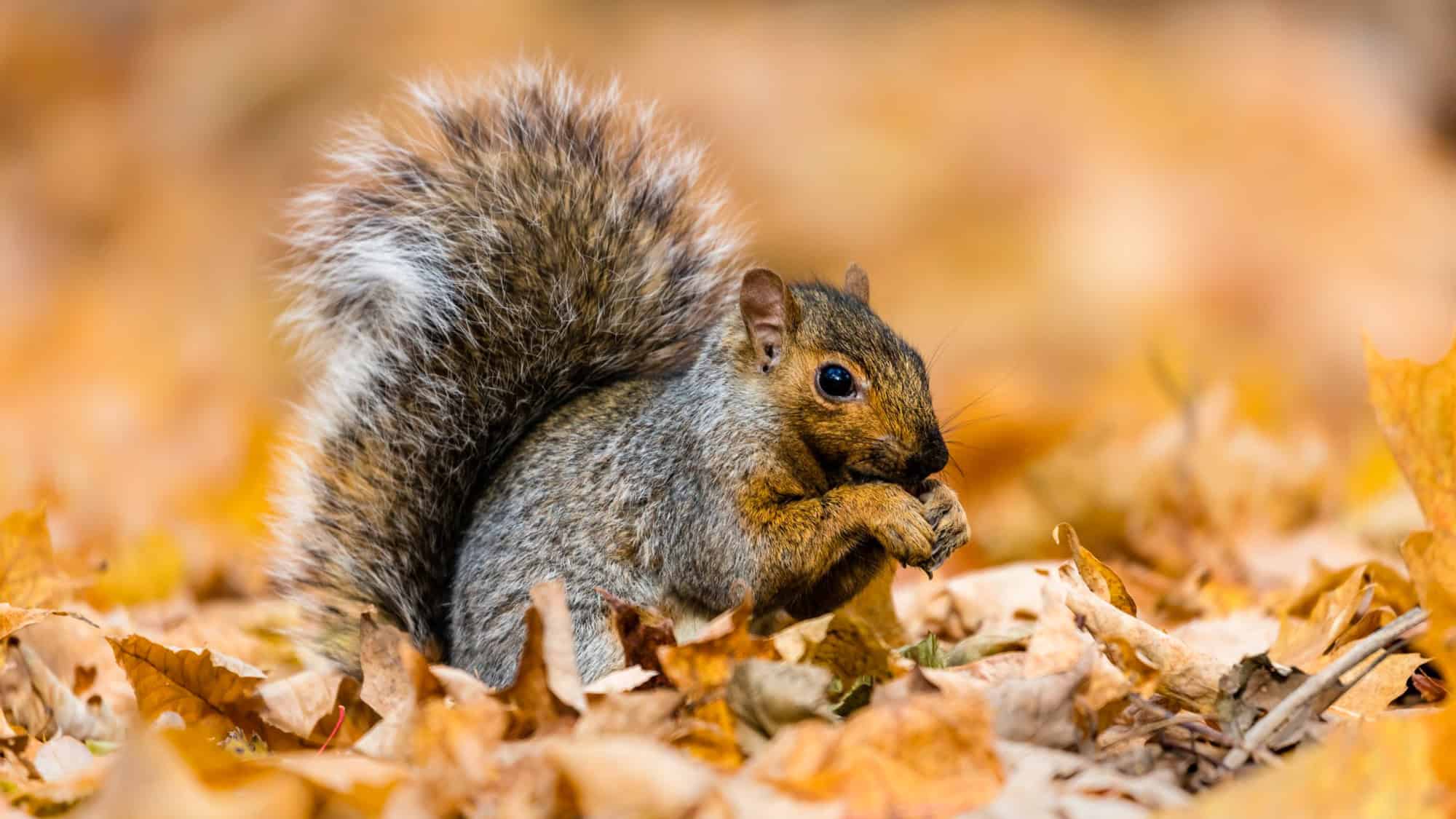
Let’s not overlook the Eastern gray squirrel, which you will find running all over. These little frenemies with fluffy tails are the park’s version of a high-energy gymnast performing a never-ending routine on every tree branch.
They can leap up to ten times their body length, which is a fancy way of saying they might embarrass you in a hopping contest. And the best part? They have a knack for hoarding nuts like they’re preparing for an apocalypse. In fact, they can store up to 25,000 nuts a year—yes, you read that right—making them the original financial planners of the wild. So, if you spot one meticulously burying its “retirement fund,” don’t be surprised if it gives you a judgmental glance for not having a backup winter diet plan.
River Otter

River otters are playful pranksters, zipping through streams and lakes like they just chugged a double espresso. These slippery little furballs can grow up to 100 pounds, yet they frolic with the grace of acrobats in a circus.
But don’t be fooled by their cuteness; they’re also skilled hunters and can hold their breath underwater for up to eight minutes while plotting their next cheeky escapade. If you thought swimming was your thing, wait until you see these critters engaging in synchronized diving and sliding down muddy banks.
Coyote

Meet the coyote – nature’s clever survivor and the original wild prankster. These sleek furballs have mastered the art of adaptability, which is just a fancy way of saying they’ve figured out how to thrive in just about every environment (even your own neighborhood).
And that includes their hunting techniques, which change based on whether they’re chasing dinner solo or forming a little wolf pack. Can you picture them holding hushed meetings like they’re plotting an elaborate heist on your backyard BBQ? So, if you hear a yipping chorus at night, just know they’re not serenading you; they’re discussing the day’s culinary adventures.
Eastern Screech Owl
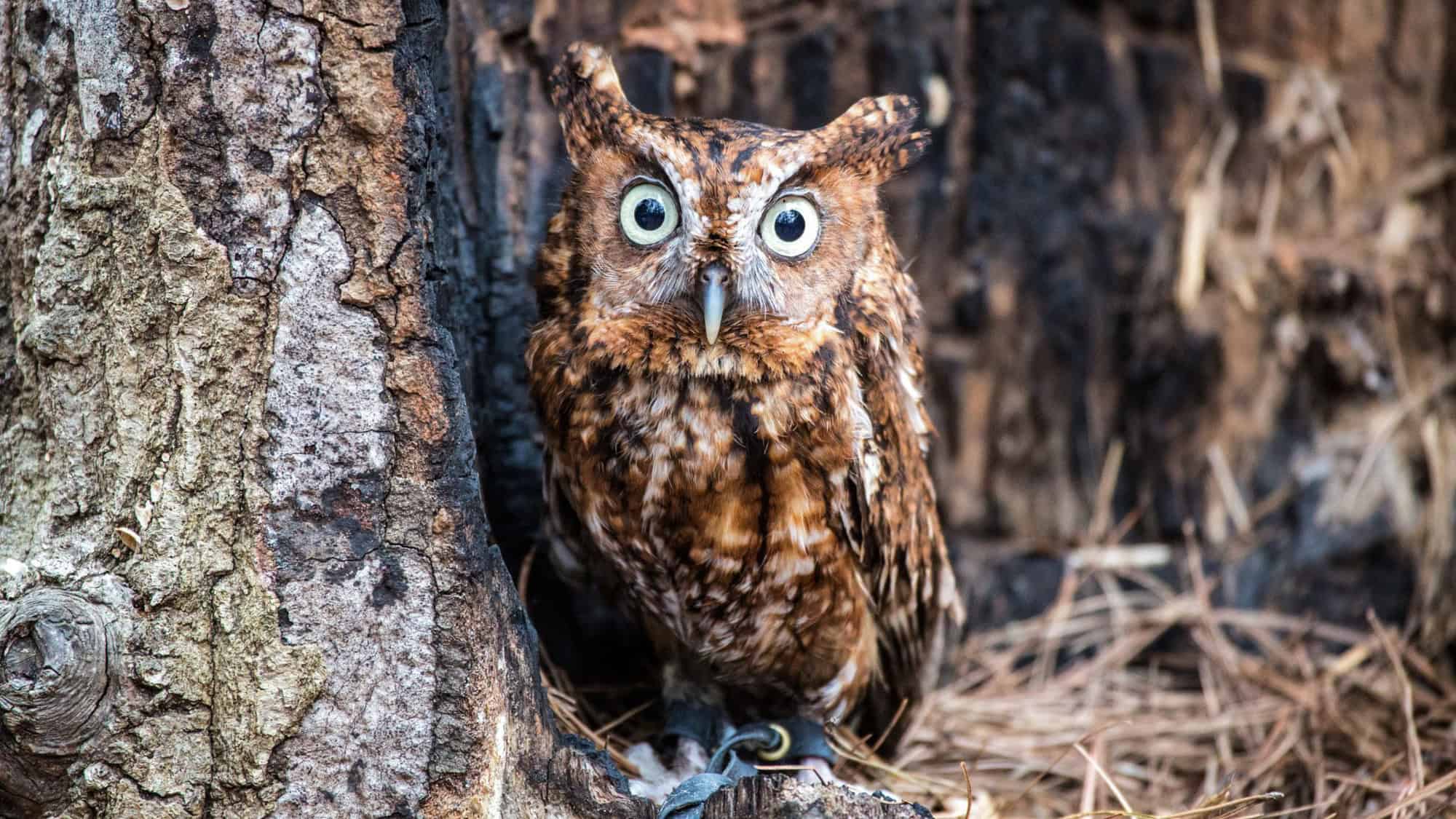
Here’s where the Eastern screech owl steals the show, and believe me, this little feathered friend knows how to keep things interesting. These pint-sized predators blend right into tree bark, making them the ultimate hide-and-seek champions.
Standing at about 6 to 10 inches tall, they might not be much bigger than a squirrel, but don’t let their size fool you…these owls are fierce hunters. They have incredible hearing, allowing them to detect the faintest rustle of a rodent making dubious life choices. So, if you hear a soft, haunting call in the woods, just know it might be dinner time for our sneaky little friend.
Mink
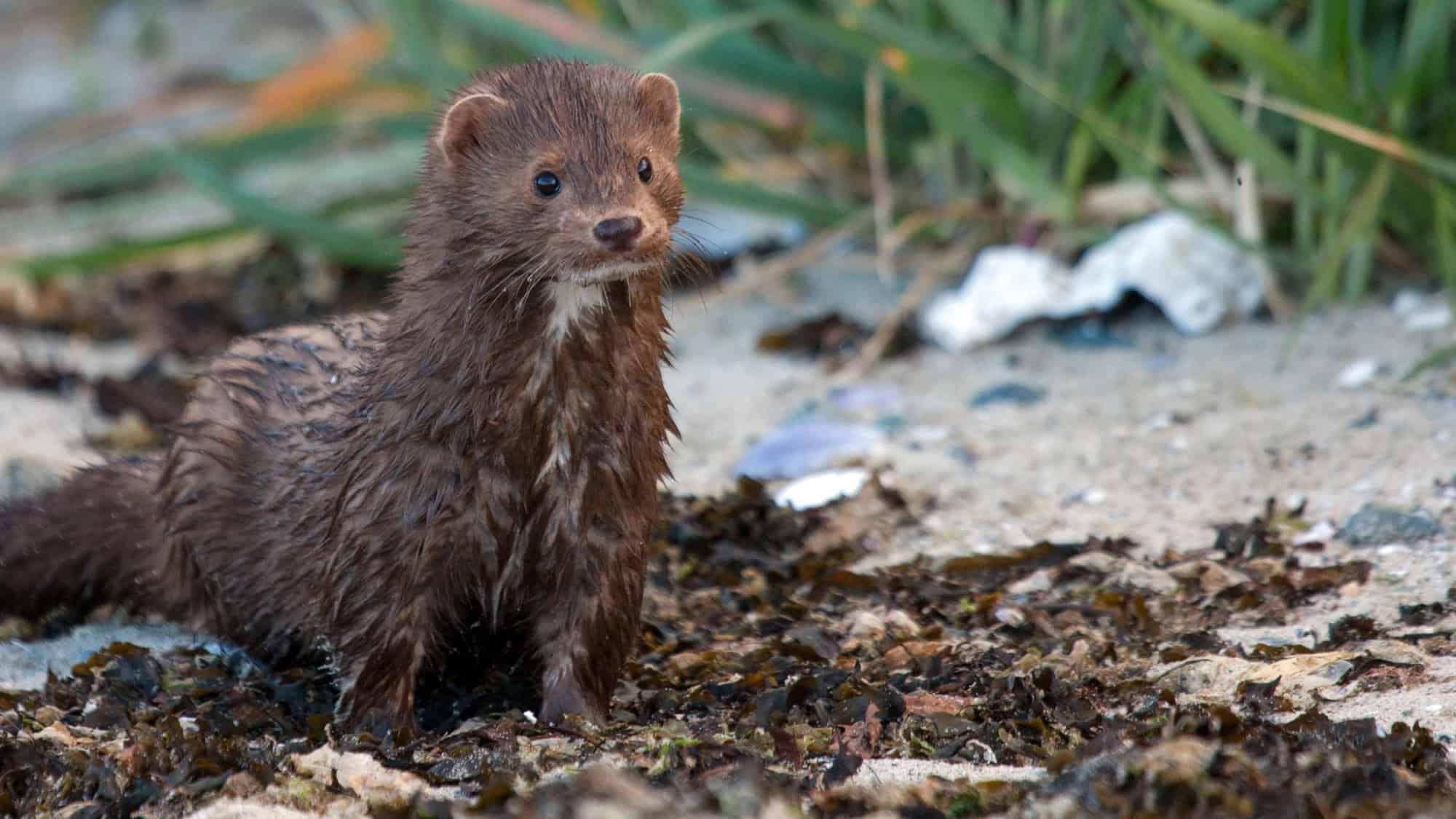
With fur that gleams like a freshly polished sports car, minks are ruthless hunters constantly zipping around in search of a good meal. Meals mostly consist of fish, frogs, and the occasional snack that looks suspiciously like your backyard pet (birds…we mean birds). Think of them as water weasels; instantly adorable but definitely up to no good!
Mink are known for their boundless energy and agility, darting through water and land with the grace of an Olympic athlete, if Olympic athletes were used to sneaking around the kibble bowl. Their playful antics and mischievous personality make them the life of the river party, always ready to put on a show for anyone willing to watch. Just don’t expect them to share their spotlight.
White-tailed Deer
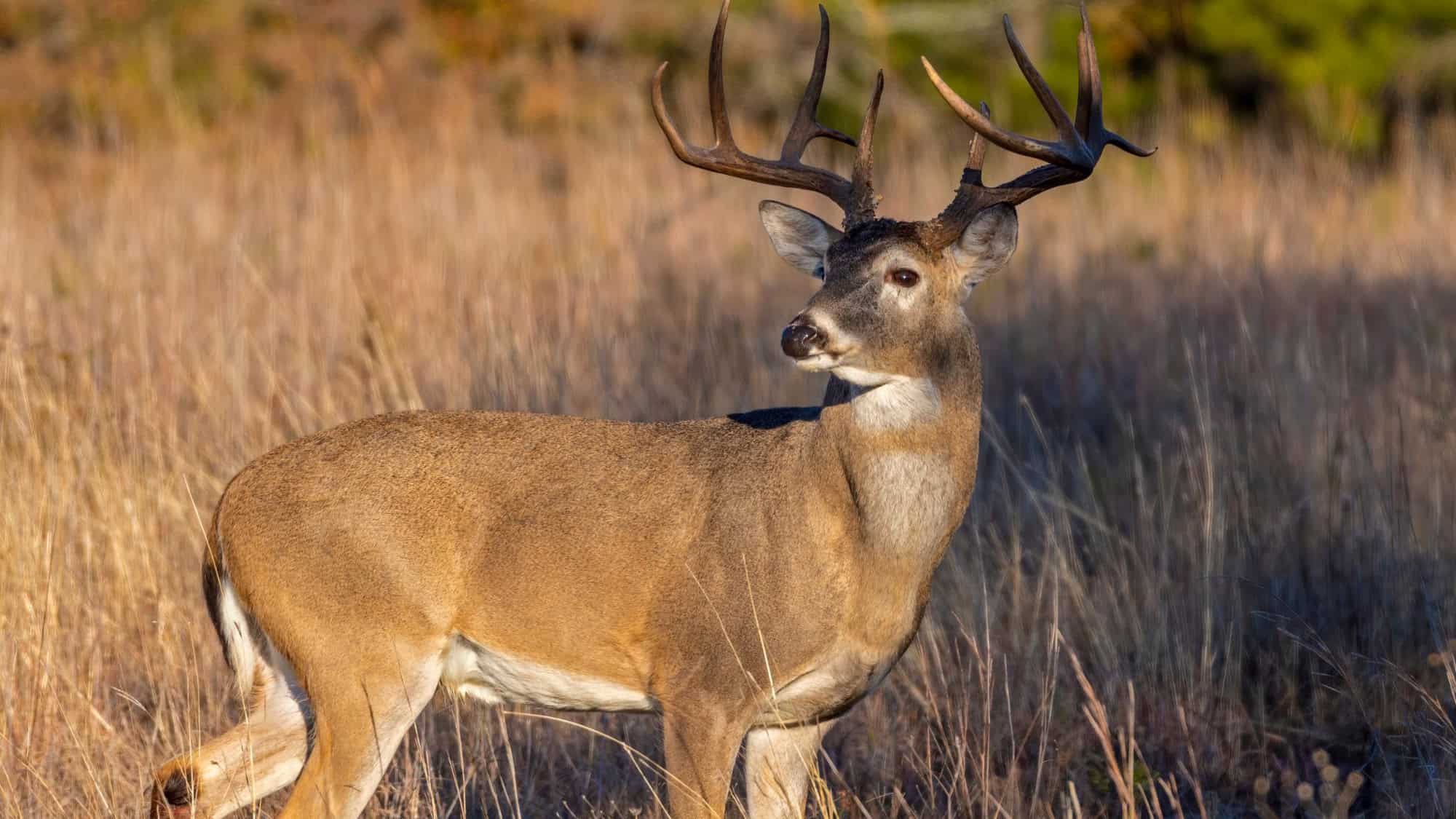
The white-tailed deer – nature’s elegant munchers, prancing around like they own the place. Did you know these creatures can leap up to ten feet in the air? That’s right, they can jump higher than your expectations for a family reunion dinner!
With their big, doe eyes and utterly charming “I swear I wasn’t eating your garden” look, they’ve perfected the art of being both enchanting and infuriating. These nimble herbivores are masters of camouflage, so good luck spotting one unless you’re holding a bag of snacks.
Eastern Chipmunk

The Eastern chipmunk is like the squirrel’s hyperactive cousin who’s had one too many espressos. These tiny creatures scurry around, sporting stripes that somehow make them look even cuter while they hoard food like an overzealous prepper.
Chipmunks pack nuts away into their cheek pouches – yes, those fluffy cheeks aren’t just for show. They can actually carry up to 25 seeds at a time, transforming them into little furry UPS delivery drivers of the forest.
Red Fox
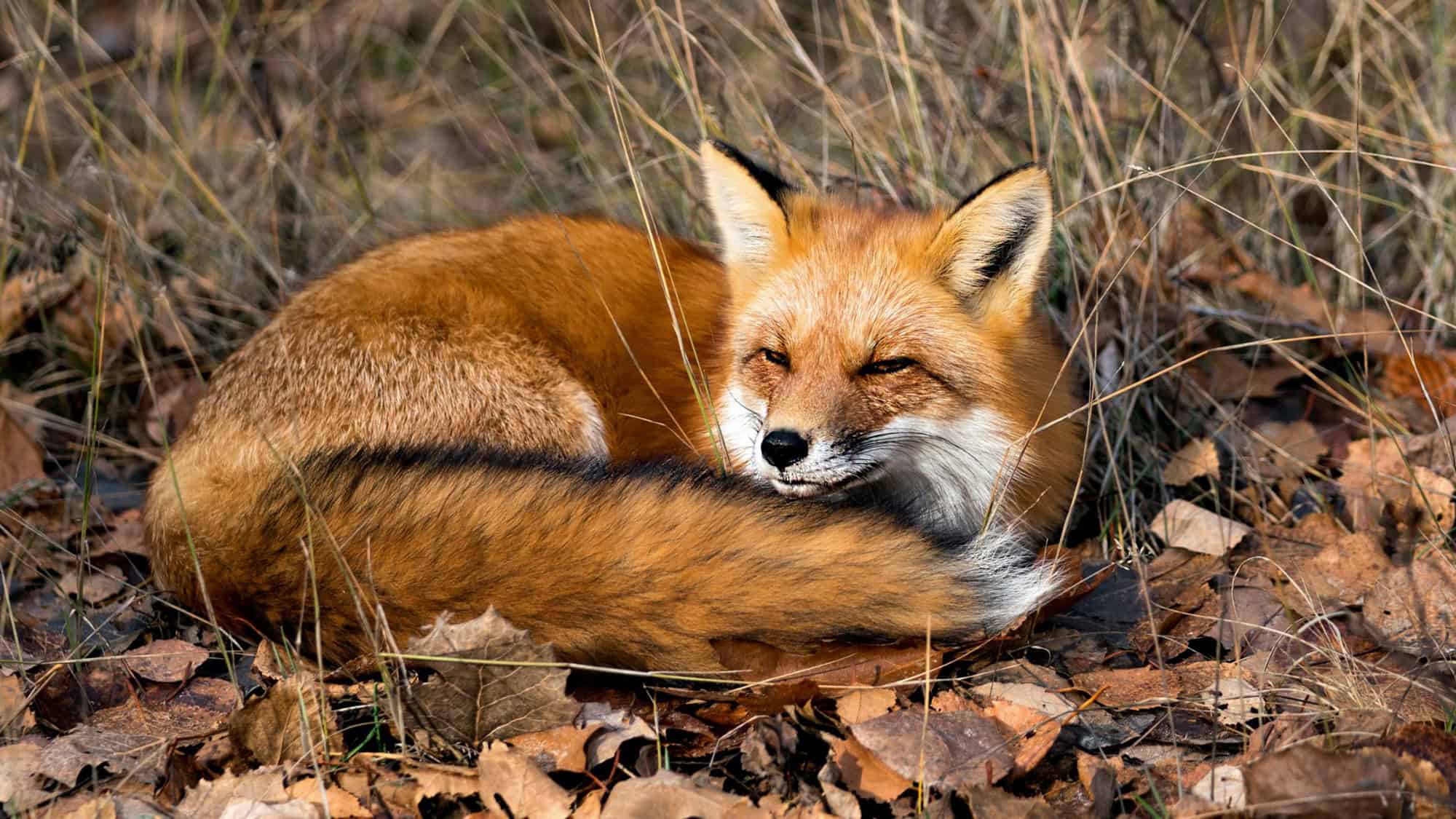
Decked out in a gorgeous, fiery coat, red foxes just somehow know they are the elite models around the Smoky Mountains region. But did you know that these sly companions’ bushy tails don’t just serve as fashion statements? They also help with balance during their acrobatic antics.
With a diet that resembles that of a picky eater’s lunch tray (think small mammals, birds, fruits, and yes, even the occasional snack left behind), they’re always one step ahead. If these creatures weren’t already cool enough, they also have a unique “gekker” vocalization that sounds a bit like a scene from a horror flick. It is definitely a sound you won’t forget and one that melts this horror lover’s heart!
Wild Boar
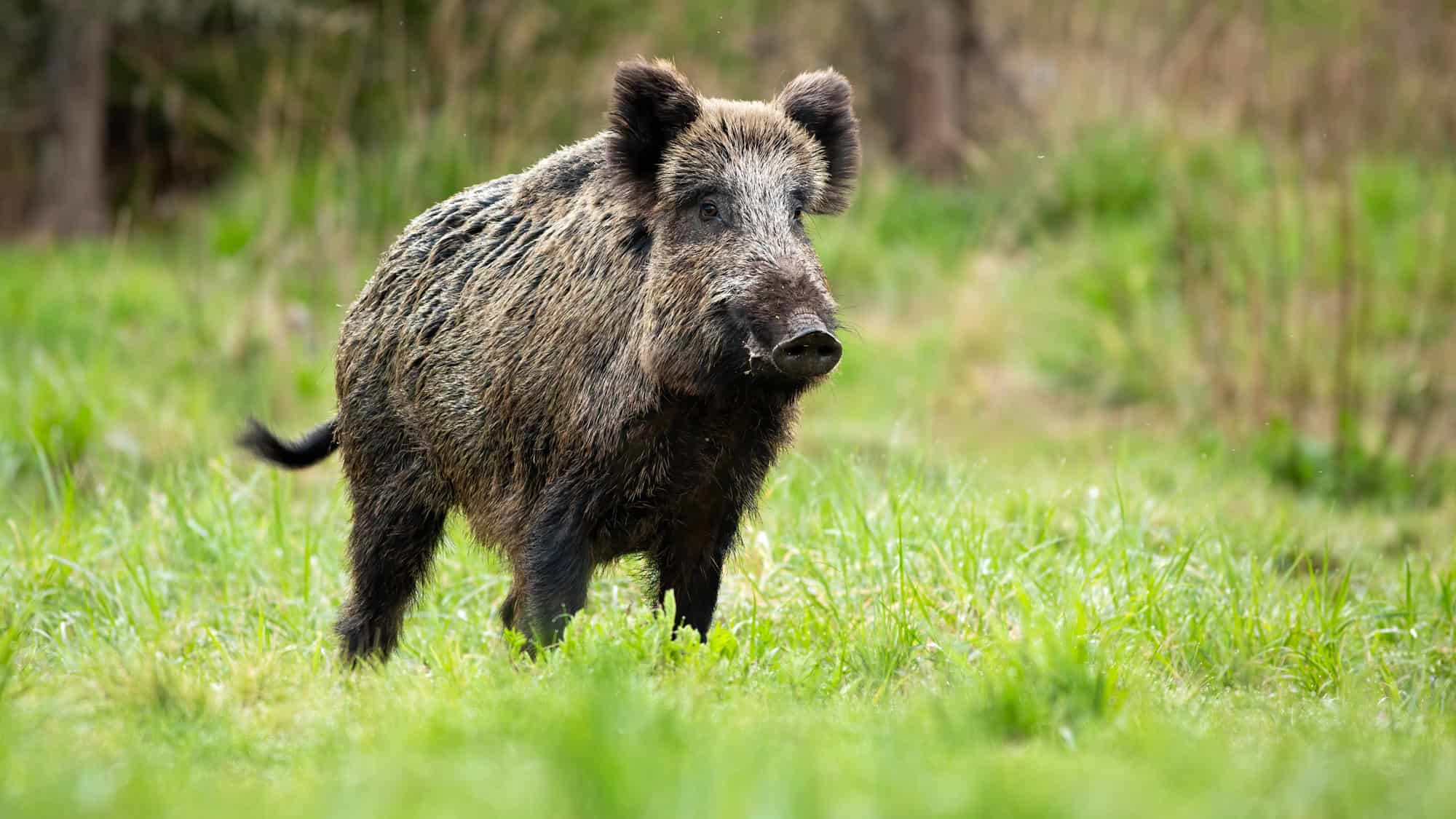
Get ready for wild boar, the stinky bulldozer of the forest. These hefty creatures can tip the scales at a jaw-dropping 300 pounds. So I think it’s safe to say they’re not the type to skip leg day at the gym.
With their bristle-filled backs and snouts that could make a vacuum cleaner jealous, wild boars are always on the hunt for food, literally digging up trouble. Known for their grunting commentary, they can express their opinions on just about anything. But don’t let their adorableness fool you; they’re packed with attitude and can be dangerous!
Wild Turkey
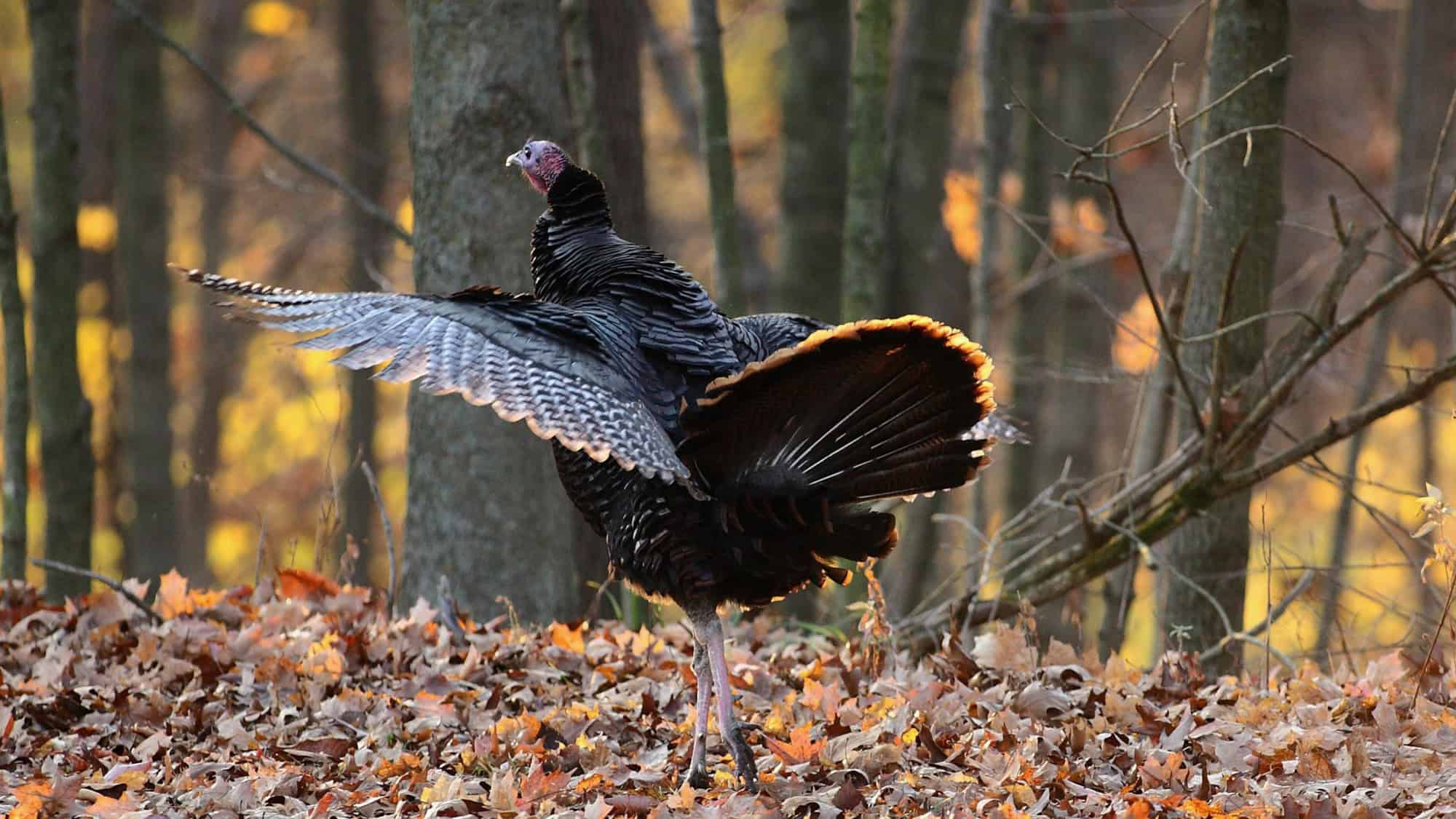
Time to talk about the wild turkey, which, contrary to its name, is not the bird that shows up on your Thanksgiving table wearing a festive hat. These feathered butterballs roam the Smoky Mountains, flaunting their iridescent feathers like they’re at a fashion show.
And unlike your average poultry, wild turkeys can actually fly. They can launch themselves into the air and reach speeds of up to 55 miles per hour! Just try to catch one for your holiday feast, and you’ll see why it’s not a recommended dinner plan. Plus, let’s be real, they’re way too good for that kind of fate.
Barred Owl

Barred owls are the late-night talk show hosts of Great Smoky Mountains National Park, and they’re not shy about it. With their striking round faces and distinctive hoots, these feathered entertainers spend their evenings annoying everyone within earshot with their “Who, who cooks for you?” catchphrase. Clearly they are trying to win an award for best vocal performance.
They’re pretty savvy, too; unlike their less coordinated relatives, they can rotate their heads a whopping 270 degrees – ideal for catching the next forest drama unfold after dark.
Northern Flying Squirrel

Time to discuss one of my favorites, the Northern flying squirrel. This little critter is the master of gliding gracefully through the trees like it’s auditioning for a wildlife version of Cirque du Soleil. They have a special membrane called the patagium, which they use to soar between branches, making them look way cooler than anyone who’s ever tried parkour.
They might not physically flap wings, but their gliding skills are so smooth they’d probably win an award for “Best Supporting Actor in a Tree.” Interestingly enough, they often communicate with each other using an array of chirps and whistles, making their nighttime escapades not just a visual spectacle but a concert, too.
White-breasted Nuthatch

The white-breasted nuthatch is that friend who’s always darting around, peeking into everyone’s business. With their striking black and white plumage, these little aerialists can often be seen climbing down trees headfirst, which, let’s be honest, would make anyone else’s neck hurt.
And they have a unique habit of jamming seeds into the bark of trees…think of it as their version of a pantry for future snacks. To top it off, they’re known to have a tough-guy attitude, often chasing away larger birds from feeders, proving that it’s all about confidence, regardless of your size.
Bald Eagle
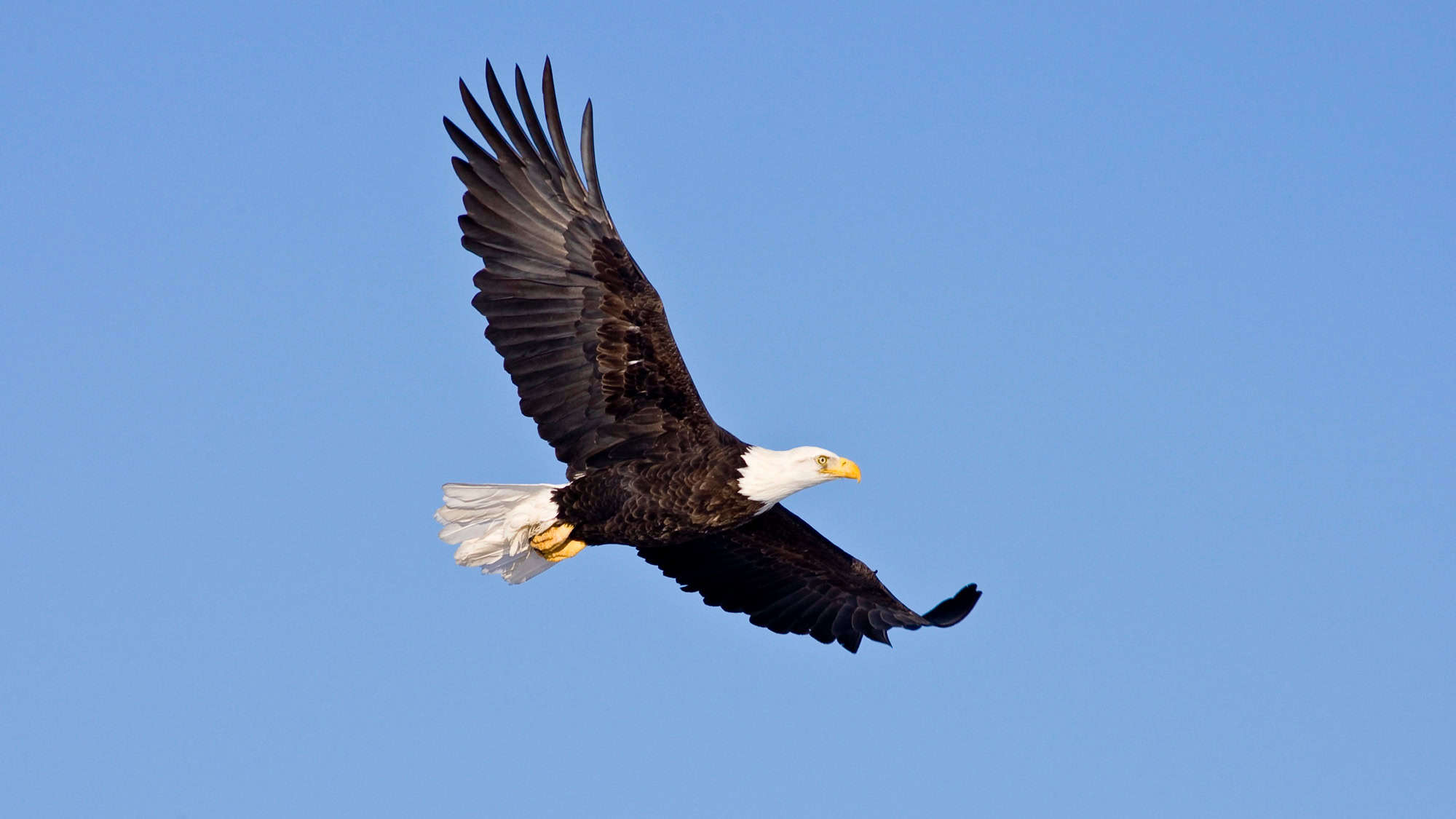
With its striking white head and tail contrasting against a body that’s darker than your cousin’s sense of humor, bald eagles make us all look like we just rolled out of bed. Plus, they are a national symbol here in the U.S., and somehow, they seem to know it.
Bet you wouldn’t have guessed that they have eyesight that is eight times sharper than humans and are also fiercely protective of their nests. In fact, a pair of Bald Eagles can build a nest that weighs up to a whopping 2,000 pounds, and visit it year after year. Because why settle for less when you can have the penthouse suite?
Black Racer Snake

Say hello to the black racer snake, who embodies the essence of speed and sass in the serpent world. These sleek and shiny charmers can reach lengths of up to six feet, twisting and turning through their environment like they’re on a high-speed chase…because, you know, life in the grass is clearly a race.
With a diet that consists mainly of rodents and amphibians, they make quick work of their meals, showing the finesse of a chef tossing together a last-minute gourmet dish. Just be warned: spotting one might make you rethink your life choices (who doesn’t freak out a bit when you spot a snake on the trail!).
Eastern Box Turtle
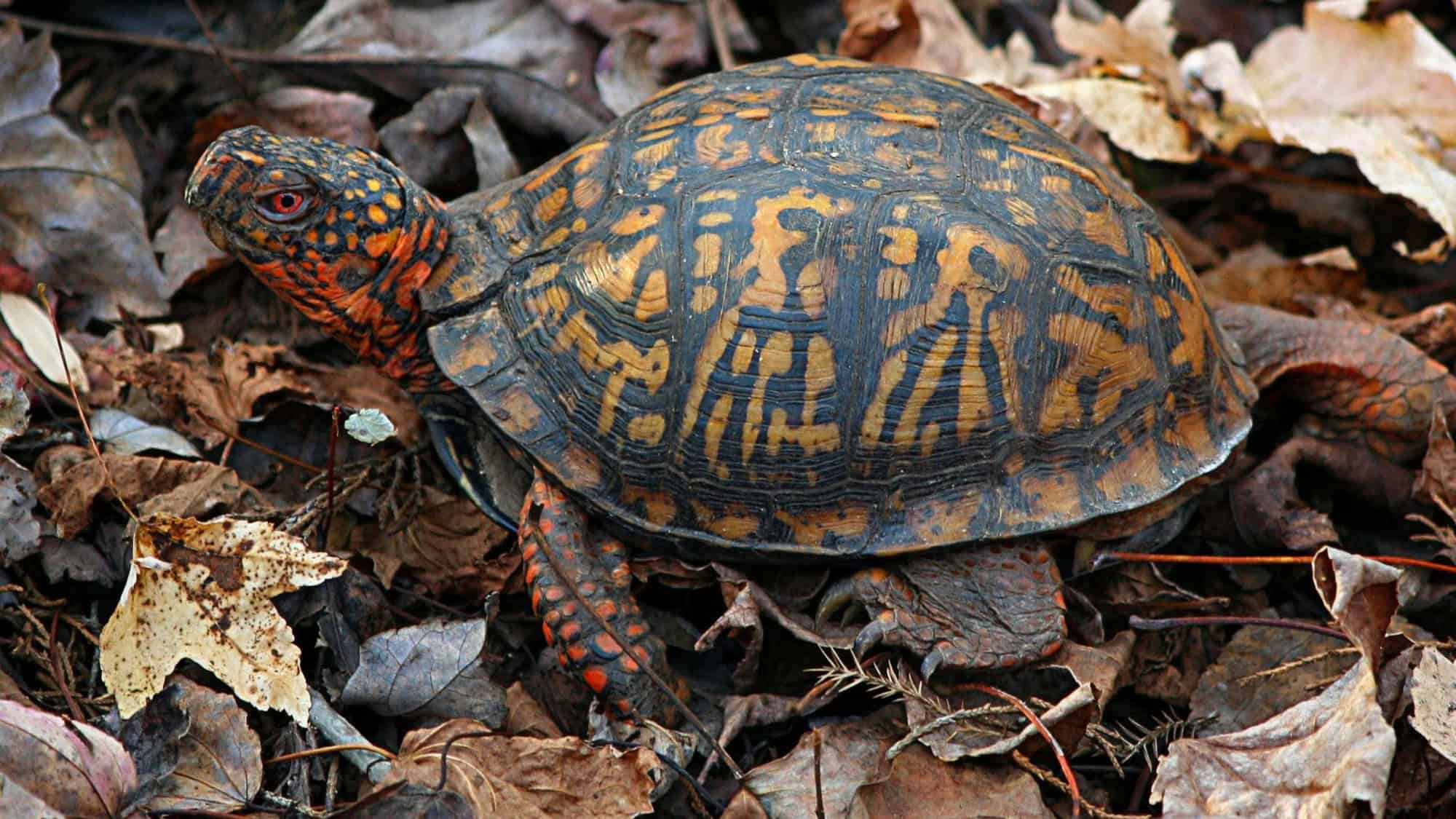
And last (on our list and, unfortunately, in speed as well) is the Eastern box turtle, the little wanderer with a shell that screams “fashion icon!” These turtles stroll around like they own the road, sporting domed shells that would make even the most dedicated hipster envious.
They’re known for their unique ability to completely retract into their shells when faced with danger, like an introvert retreating from a social gathering. And interestingly, they can live for over 100 years. So their slow and steady lifestyle isn’t just a trend; it’s a lifestyle choice. If they had a motto, it’d be “Life in the slow lane is the only lane.”
Spotting The Wildlife – Cades Cove

Cades Cove is practically a VIP lounge for wildlife enthusiasts. While wandering the scenic loop, you might spot a majestic white-tailed deer casually munching on some grass, as if it’s too good for hay. And keep your eyes peeled for black bears (they usually have their own personal entourage of amazed tourists).
Red-shouldered hawks might swoop by, judging your life choices. And let’s not forget the playful coyotes, always up to something, like planning their next great heist. So grab your binoculars and get ready for a front-row seat to nature’s most entertaining show.
FYI: This loop will be incredibly busy at dusk as this is where you are most likely to spot bears in the park. Give yourself time to explore and be patient with all the traffic.
Spotting The Wildlife – Cataloochee Valley
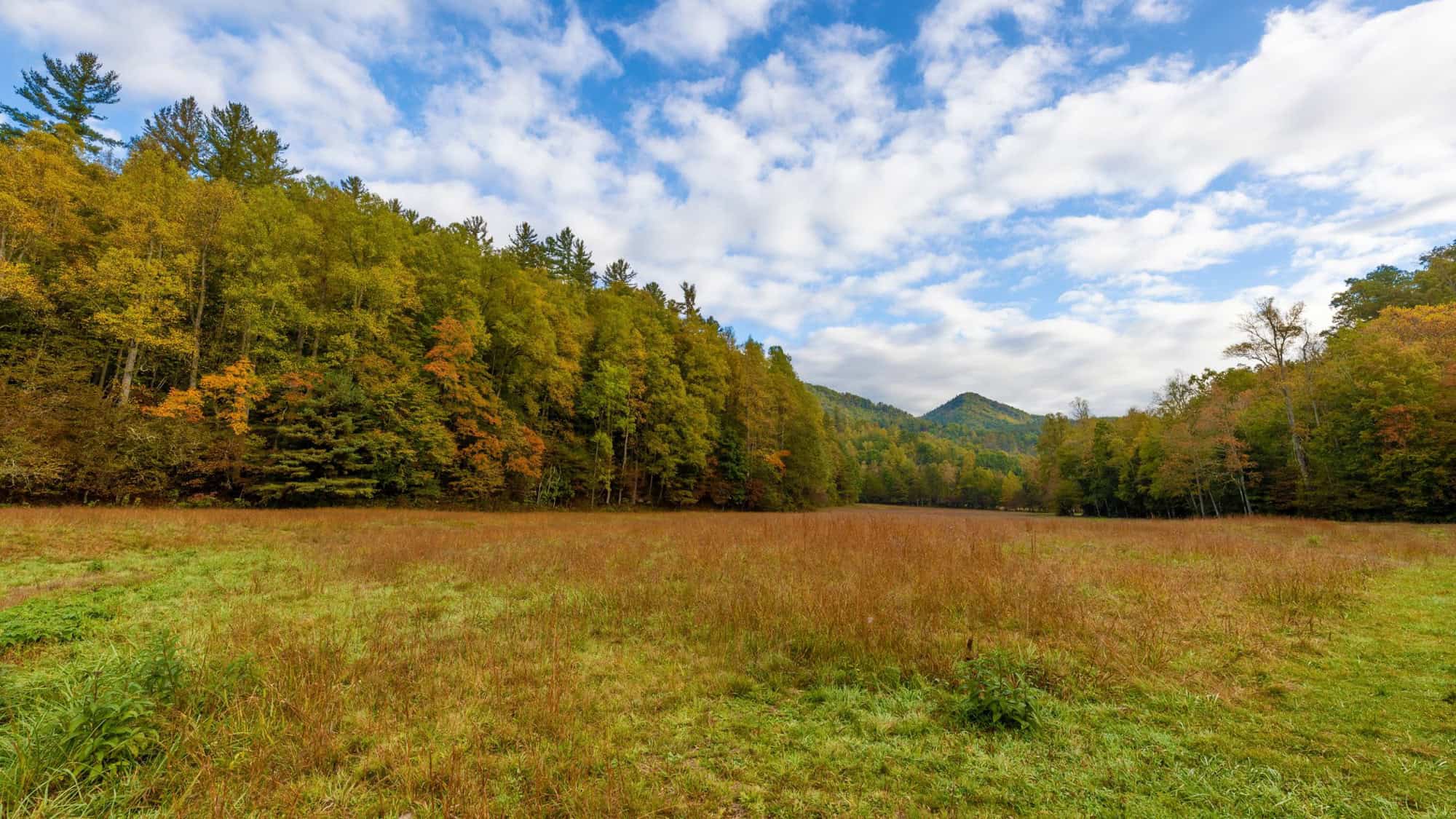
In Cataloochee Valley, the wildlife show really cranks up the volume. Here, you can expect to see elk strutting around like they own the place – no bouncers necessary. These majestic creatures are often joined by black bears that seem to have been cast as the lovable villains in our nature documentary.
Keep your eyes peeled for some sneaky wild turkeys, too; they’re the ultimate forest pranksters, waddling around like they have a secret mission. And don’t forget the elusive coyotes lurking in the shadows.
Keep in mind that this area is difficult to reach in bad weather conditions. During our last visit, we had to turn back due to ice on the curvy road, which caused us to slide. And with much of the entrance being under cover of trees, ice takes extra time to melt, even on a sunny day.
Spotting The Wildlife – Roaring Fork Motor Nature Trail

Roaring Fork Motor Nature Trail is essentially wildlife’s red carpet event, where animals show off their best side while you admire from a distance. Keep an eye out for the graceful white-tailed deer, who always seem to have a story to tell. And get ready for the comedic antics of the black bear, potentially working on their stand-up routine in the background.
Don’t forget to look out for the sly raccoons, always looking for an opportunity to swipe a snack or two while pretending to be innocent. And you might even catch a glimpse of a wild turkey strutting around like it’s just won the animal equivalent of “Best Dressed.”





